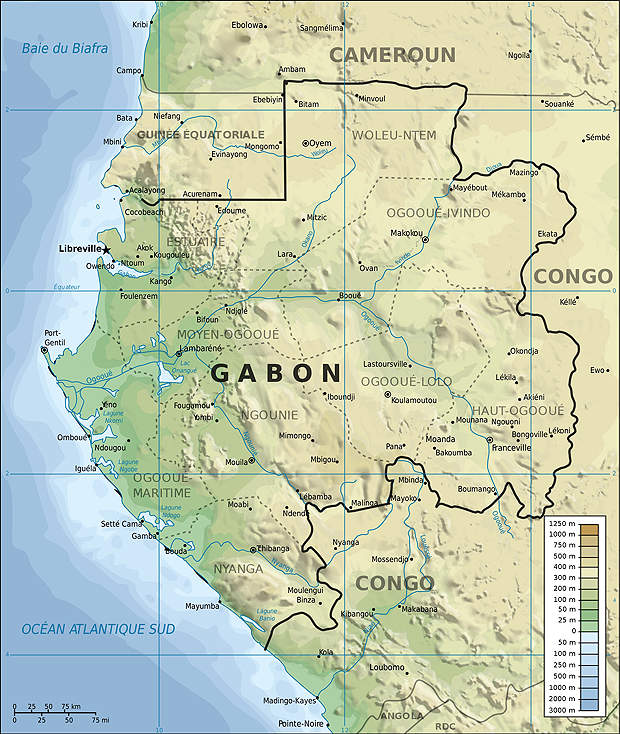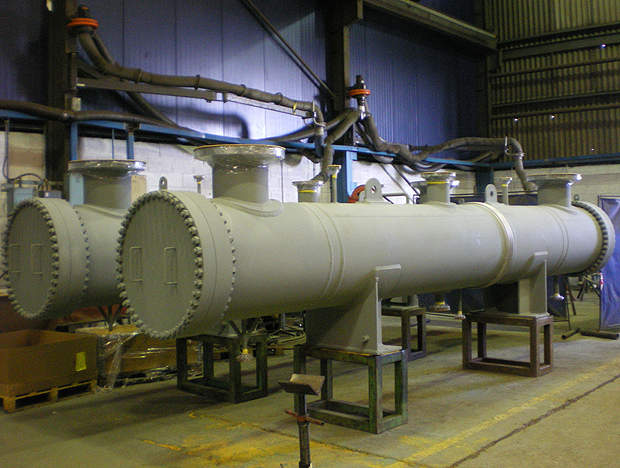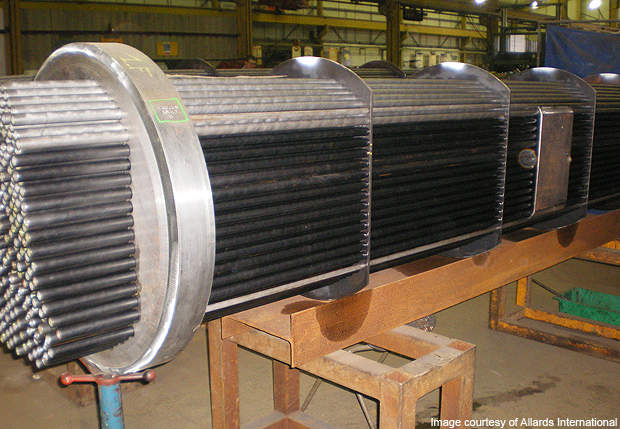Olowi Field is situated at a water depth of 30m about 12 miles off the coast of Gabon. The field lies in the South Gabon sub-basin of the Olowi block which is spread over 1,271km².
Operated by Canadian Natural Resources International(CNRI), the field started producing in April 2009. The field is estimated to contain proven plus probable recoverable oil reserves of 50m to 80m barrels.
Olowi discovery
The Olowi field was discovered by Pioneer Natural Resources with the drilling of the Olowi Marin-1 discovery well in 2001.
The well encountered 75ft thick reservoir sands and flowed at a rate of 2,100 barrels of oil per day (bopd). CNRI acquired the field from Pioneer in October 2005.
Olowi Field development
CNRI commenced the first phase of drilling at the field in 2008. KCA Deutag’s Ben Avon jack-up rig was contracted for three years to carry out drilling at the field.
The development plan for the field includes three wellhead platforms and a conductor support platform with 44 wells slots which are connected to the Knock Allan FPSO.
The three platforms are named A, B, C/D. Three wells were drilled and completed initially on the first platform B and started producing in April 2009. The last well on platform B was drilled and completed in the third quarter of 2010.
Drilling activities on platform A commenced in the third quarter of 2010. In October 2010, the first well of platform A started producing at a rate of 2,500bbl/d.
A total of 29 wells, including one water injection well, are expected to be drilled at the field.
FPSO Knock Allan
Fred Olsen Production was awarded the contract to convert the Suezmax tanker Knock Allan into the Knock Allan FPSO in November 2006. The contract was for a 10-year lease with 10 one year extension options.
Originally built in 1992, the FPSO was converted at Drydocks World Dubai, for deployment at the Olowi field. The FPSO left the yard in 2008 and arrived at the field in February 2009 for final hook up and commissioning.
The Knock Allan FPSO has a production capacity of 25,000bopd and 85m standard cubic feet per day (MMSCFD) of gas. It has a dead weight of 145,242t and features a spread mooring system. The oil storage capacity of the FPSO is 1.04m barrels.
Production
Crude oil produced by the wellhead platforms at the field is exported to the FPSO.
The oil is then transferred onto tankers for export onshore. The gas produced at the field is used for power generation and providing gas-lift.
Contracts
Saipem was awarded the engineering, procurement, construction and installation (EPCI) contract for the wellhead platforms. The company is also responsible for installing subsea pipelines, risers and umbilical systems between the Knock Allan FPSO and the platforms.
INTECSEA carried out the Flow Assurance FEED for the Olowi field. Scope of work for the company included examining whether the planned production facilities were suitable for the field.
Fred Olsen Production awarded a $66m contract to Kanfa to design and fabricate the topside facilities of the FPSO.
Aragon Gas Processes was subcontracted by Kanfa to provide a dehydration unit, fuel gas compressor skid and a low pressure gas compression module for the FPSO.
Kanfa subcontracted Allards International to design, fabricate and test the heat exchangers for the topsides of the FPSO. Allards was responsible for engineering, design, fabrication and testing of the inlet and interstage heat exchangers for the Knock Allan FPSO.
The materials used for the heat exchangers included acarbon steel shell, channel and tubes. The inlet heat exchangers contained 360 tubes and weighed 7,560kg. The interstage heat exchangers contained 301 tubes and weighed 2,700kg.
Allards completed fabrication of heat exchangers in November 2007.
Claxton carried out the installation of the topside modules of the FPSO. Dresser Rand supplied two 27MW steam turbines for the FPSO.
Other contractors involved in the completion of the FPSO were ABB, ASAC, Harland & Wolff, Vryhoff and Kongsberg. Inocean, Aalborg, Håkonsen Marine / Ingenium and Hamworthy were also involved in the conversion.
BJ Services was awarded a contract for supplying casing and tubing running services for the 29 wells of the field.
In June 2009 Saipem awarded Tideland Signal, acontract for supplying navigational warning systems for the field’s wellhead platforms.










